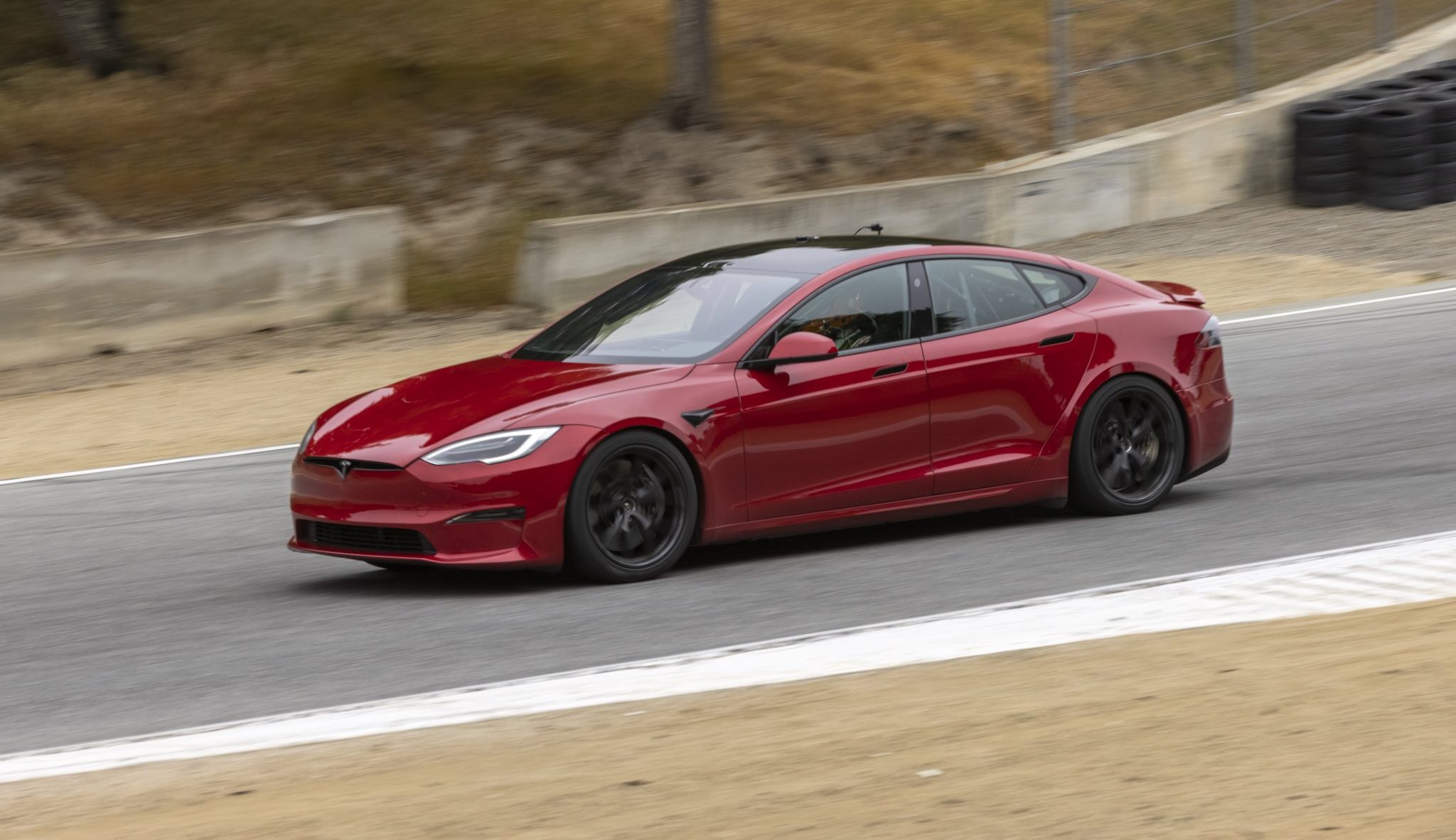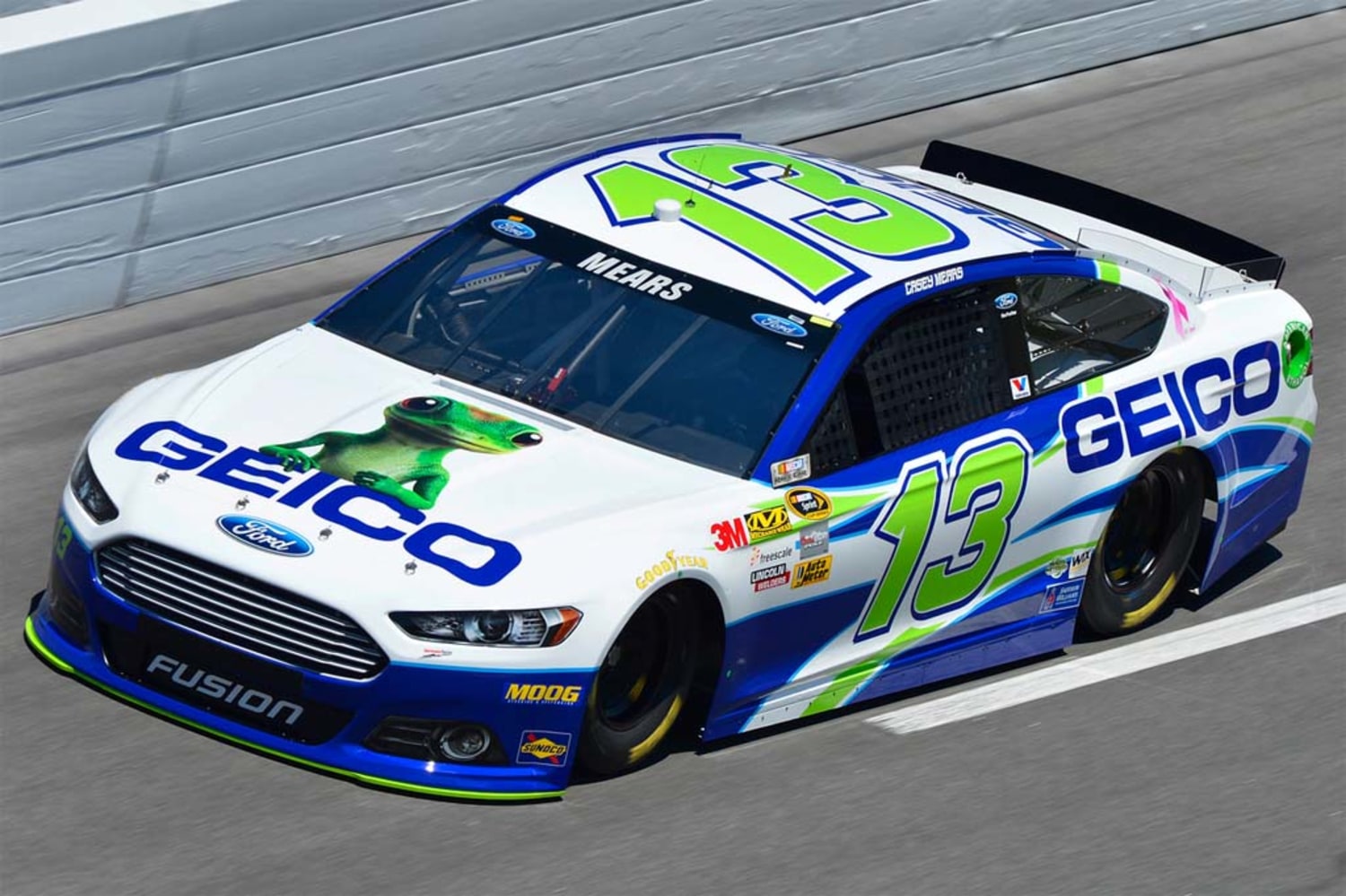
Auto racing started out as a spectator activity.
In rural America, auto racing started as a spectator sport in early 20th century. With the advent of automobiles, it was possible to race cars of all sizes and shapes. Initial races were held on paved tracks. But as the automobile market developed they moved to unpaved tracks. Today, auto racing has become a billion-dollar enterprise with countless dedicated fans.
Auto racing is a popular spectator sport. It is a spectator sport with over 190 million people watching races live around the world. Online and television viewers can view races. You can see different types of vehicles in the sport: street cars, race cars and motorcycles.
NASCAR, or the National Association for Stock Car Auto Racing, officially began in 1948. William France Sr. created it in an effort to boost the popularity of auto-racing. Stock cars were originally factory-built and not modified. However, with time, these stock cars started to be modified for competition. Auto racing has reached its current level since the introduction of NASCAR. NASCAR is actually the second most-watched spectator sport in the entire world.
It's a spectator sport
The sport of racing cars is a popular spectator sport that fans of all ages enjoy. These fast-paced races feature sprints and endurance events with drivers navigating tight turns at high speeds. These races are thrilling and dramatic, and provide a great spectacle to see. If you enjoy watching fast-paced races you should check out a race near you.

Despite this, the spectators may be at risk of getting injured while watching this sport. Fortunately, spectator injuries are rare at professional car racing events. However, there have been accidents in which cars crashed into the stands. A 12-car pileup at Daytona International Speedway in the United States sent debris flying into the grandstands.
FAQ
What is a pitstop?
Pit stops are when you stop driving and allow someone else to drive. It's also called a pit lane.
Which car racing event is the most exciting?
F1 Grand Prix is the fastest car racing. F1 is the title given to the highest level in motorsport competition. It includes 10 teams from around the globe. Each driver is assigned to a team.
How do race car drivers prepare to race?
Most race car drivers warm up their engines before the race.
This requires them to run their engines for a time.
When they're ready they can begin the race.
Can I watch a race car driver race?
Yes. There are many ways to watch a race car driver race.
You could buy tickets to attend one of the races. You could also view it online.
You could even follow the race on TV or radio.
What's the purpose of racing cars?
Car racing's primary purpose is to entertain spectators by watching cars move around a track at high speeds. It also gives drivers the opportunity to compete against one another and show off their skills.
Do race car drivers earn money?
Yes. Yes. Many racecar drivers earn a living wage.
However, many race car drivers only make small salaries.
Statistics
- According to thepostgame.com, “The Daytona 500 is one of four ‘restrictor plate' races on NASCAR's calendar, given both safety and competitive concerns for the long track and its famous 31-degree banking in its four corners.” (defensivedriving.com)
- Acceleration is a little gentler (relatively speaking) too, with 0-100km/h taking an estimated 3.1 seconds and 0-200km/h covered in 7.8 seconds. (autosport.com)
- In 2013 Ferrari had an estimated team budget of $470 million, while elite IndyCar teams have an estimated annual budget of $15 million, according to FormulaMoney. (businessinsider.com)
- This change may give an improvement of up to 29% fuel efficiency. (en.wikipedia.org)
- According to Toyota, the 390-hp-plus 2019 Yaris WRC runs out of gearing after 124 mph, 19 mph less than the crazy Yaris GR that's currently sitting on dealer lots outside of the U.S. BONUS: (motortrend.com)
External Links
How To
How to fast corner
To be able to go faster, you must get your car out in front of others during a race. This means you have the responsibility of turning before any other driver. This will ensure that everyone behind you is unable to see what's happening ahead. This will help you avoid accidents with other cars. So how do I corner quickly?
First, understand where you are going. You'll likely end up somewhere unexpected if you don't know your destination. This is why it's important to plan well. It's important to create a map showing where you're going at all times. Although it may seem tedious, having a map of your route will help you save a lot of time and headaches.
Next, determine when you will start turning. Start by going around the first corner. Once you pass the first corner, then you will know exactly where to begin. The next step is to decide if you want to use the outside or inside lane.
If you want to move in the inside lane you should wait until there isn't any traffic. Once you have cleared the traffic ahead of you, then it will be possible to move quickly without worrying about hitting another person. Once you've entered the inside lane, it is important to stay there. Don't let yourself drift back into the outside lane. If you do so, you may hit someone moving slowly. Keep in mind, however, that if your vehicle crosses the line dividing them, you will lose control and be vulnerable to crashes.
Once you've decided which lane you're going to use, you need to pick a spot to turn. This problem can be approached in many different ways. Some people prefer to find a gap in the traffic. Others prefer to look for an open space in the road. Some others try to find a point where a road curves around a mountain or hill. It doesn't really matter which route you take, just make sure you don’t block the whole road. You could cause traffic jams in the whole town.
Once you have decided where you want to turn, it is time to decide if you'll make a sharp right or a gradual left. A sharper turn can be more challenging than a slow one. However, it takes longer and consumes more energy. Additionally, it can be more difficult to drive your car properly. These are the main reasons why most drivers prefer gradual turns.
Finally, you need to accelerate just enough to escape the car in front of you. Too fast and you will crash into the bumper of the vehicle in front. You can also run off the road if you accelerate too quickly. You'll lose control and your car will crash. To avoid this scenario, you need to accelerate gradually. You should start slowly and increase your acceleration as you get closer to the edge.
Stop cornering immediately after you have finished. This is especially important when you're driving through heavy traffic. Driving in heavy traffic can lead to someone being run over.